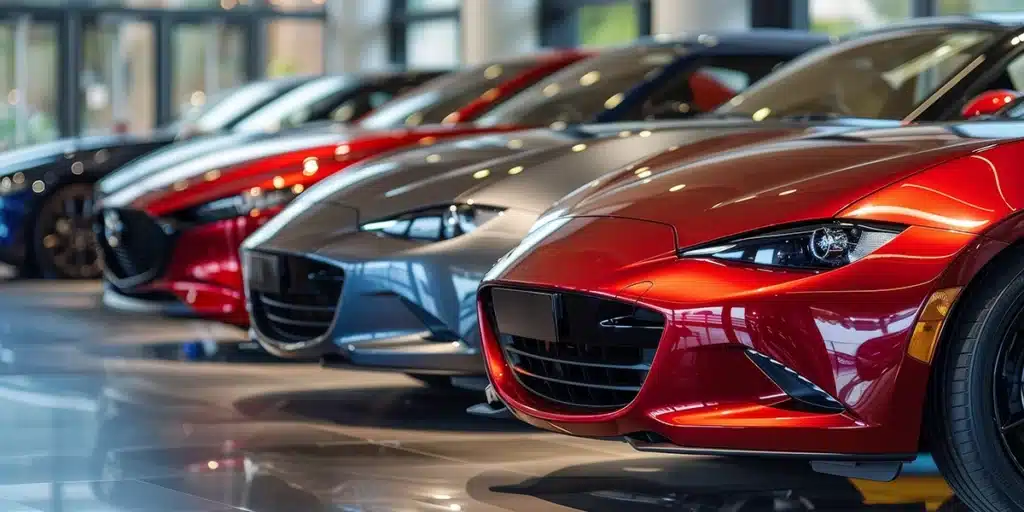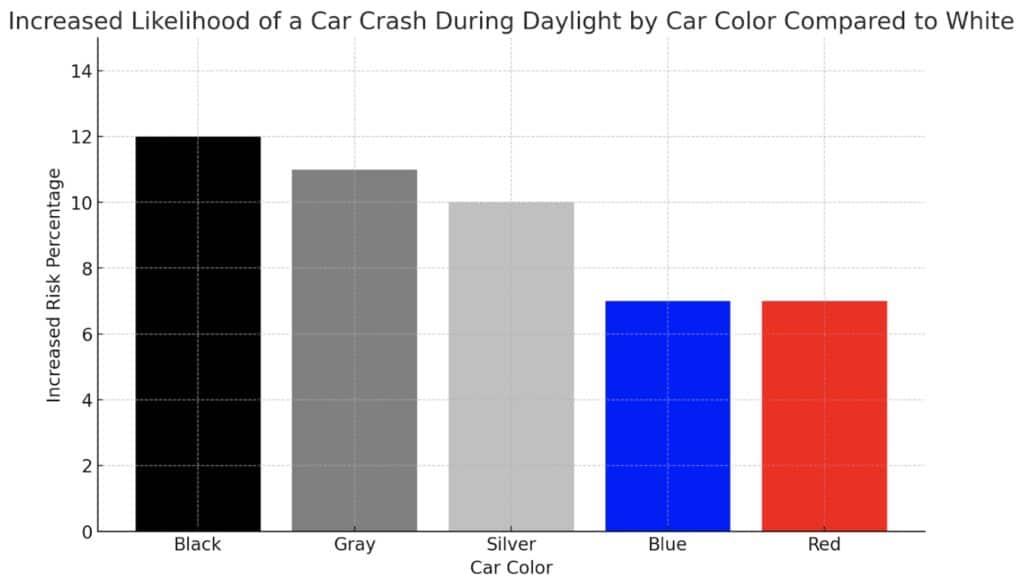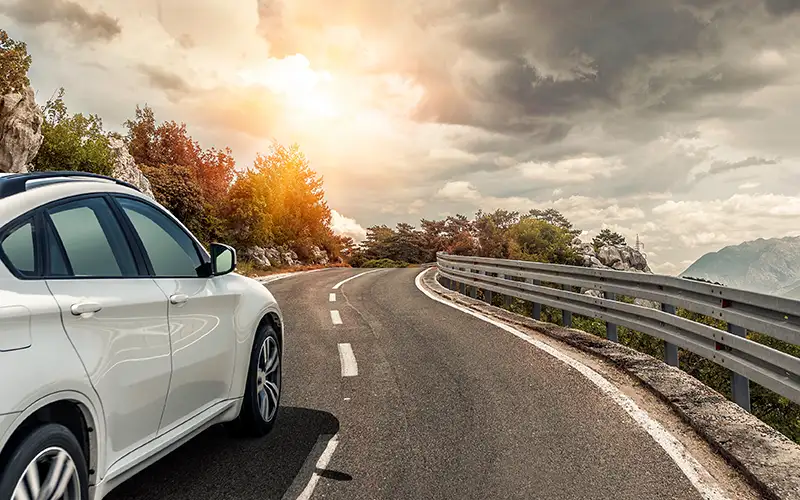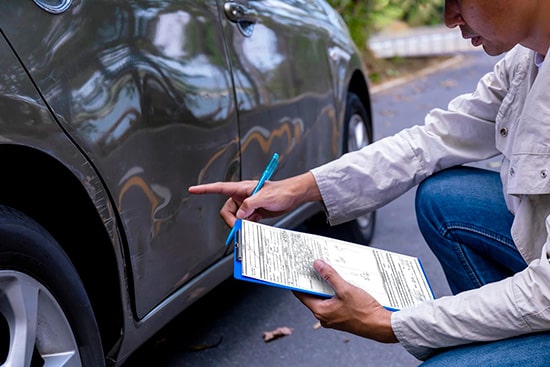
How Does Car Color Impact the Risk of Accidents?
Uncover the surprising link between car color
and the likelihood of a crash
When choosing a car, color is often a decision based on personal taste and style preferences. However, what many may not consider is how the color of their vehicle could influence their risk of being involved in an accident.
In this article, we’ll delve into the intriguing relationship between car color and accident rates, exploring whether certain hues might make you more prone to mishaps on the road. Drawing on recent studies and statistical analyses, we aim to shed light on how the visibility, perception, and psychological impact of different car colors can contribute to safety and accident risks.
Join us as we navigate the spectrum of automotive colors to uncover which ones may carry a higher risk and why, providing valuable insights for drivers looking to make informed choices about their vehicles.
What is the safest color car to drive?
The question of the safest car color for driving has been the subject of considerable research, with a notable study by Monash University shedding light on this topic. Their extensive research, analyzing data from over 855,000 incidents involving injured drivers, provides compelling evidence that white cars are statistically safer to drive.
Their findings reveal that during daylight hours, white vehicles were involved in approximately 10% fewer accidents than cars of other colors.
The increased visibility of white vehicles, which makes them more noticeable to other drivers in a variety of lighting and weather conditions, is believed to be a key factor contributing to their lower accident rates.
What to Do After a Car Accident
Learn the key steps to take after a Colorado car accident to ensure your rights are protected.
Which color car has the most accidents?
Recent studies, including the one conducted by Monash University, have found that black cars are the most likely to be involved in accidents compared to cars of other colors. The higher incidence of accidents in black vehicles, particularly at dawn or dusk, is attributed to their lower visibility compared to brighter-colored cars like yellow, red, or blue.
This research suggests that the color of a vehicle can significantly impact its visibility and, consequently, the safety of its occupants.
How does the time of day impact crash likelihood in cars of different colors?
The likelihood of car accidents significantly varies with the time of day and is also notably influenced by the color of the vehicle compared to white cars.
During daylight hours, black cars show a 12% higher risk of being involved in crashes, followed by gray at 11%, silver at 10%, and both blue and red at 7% higher risk. This increased risk can be attributed to the reduced visibility of these colors under bright sunlight compared to the more visible white cars.
However, the risk disparity becomes even more pronounced at dawn or dusk, times when natural light is limited and visibility is further compromised.
During these transitional lighting conditions, black cars exhibit a staggering 47% higher risk of accidents, showcasing how significantly they blend into the darker surroundings.
Gray cars follow with a 25% higher risk, reflecting the challenges in distinguishing them from the environment as daylight fades. Silver cars, despite being brighter, still pose a 15% higher risk than their white counterparts during dawn or dusk.
The increased risks underscore the crucial impact of vehicle color visibility against the backdrop of varying light conditions, emphasizing the importance of considering car color for safety alongside aesthetic preferences.

Is there a psychological aspect to how drivers perceive different car colors on the road?
The psychological impact of car colors on drivers has been the subject of much debate and research. Historically, red has been associated with strong emotions like anger and aggression in Western culture, influencing perceptions and behaviors on the road.
An article published in the Association for Psychological Science revealed that men with a preference for red tend to have higher testosterone levels and associate the color with dominance and aggression, more so than those who prefer blue. However, it also found that some drivers display more aggressive behavior toward red cars, reacting more quickly and honking more frequently.
So, are red cars at an increased risk of accidents because of the drivers’ behaviors in red cars or because of other drivers’ responses to them?
It’s difficult to say. More research is necessary to untangle these complex psychological dynamics and establish a clearer understanding of the relationship between car color and driver behavior.
Common Car Accident Scams & How To Avoid Them
A guide to common car accident scams and how to protect yourself.
How might car color impact liability in a Colorado car accident?
In Colorado, which employs a modified comparative negligence system, car color could subtly impact the determination of liability in the event of a crash. Under this legal framework, each party involved in an accident can be assigned a percentage of fault. Their ability to recover damages is reduced by their percentage of fault. However, the claimant must be less than 50% responsible for the accident to recover any compensation.
So, how could car color impact accident liability?
Well, it’s possible that the color of a car could influence perceptions of fault and aggressiveness. For example, if a red car is involved in an accident, stereotypes about red vehicles being more aggressive or risk-prone might influence witness testimonies or even the judgment of law enforcement officers. This could lead to a higher assignment of fault to the red car’s driver, despite actual behaviors or circumstances.
Conversely, if research indicating that black cars are less visible and potentially more likely to be involved in accidents is presented, this could shift fault away from drivers of brighter-colored vehicles.
Regardless, the impact of car color on liability should ideally be based on concrete evidence rather than stereotypes. In Colorado’s legal system, solid evidence from the accident scene, such as traffic camera footage, eyewitness accounts, and expert testimonies, should outweigh subjective perceptions related to car color.
Yet, the psychological impact and visibility associated with different car colors could still play a role in shaping initial perceptions of the accident, potentially influencing the outcome of fault determination under the state’s modified comparative negligence rules.
Ultimately, while car color may initially impact perceptions, liability should be determined by the facts surrounding the crash and each driver’s actions.
Injured in a car crash in Colorado? Get help from an experienced Denver car accident attorney.
If you’ve been in an accident, regardless of your vehicle’s color, the knowledgeable Denver car accident attorneys at Babcock Tucker are here to help you navigate the complexities of your case. Our team understands the intricate dynamics at play in car accident liability, and we’re committed to ensuring that you receive fair treatment and the compensation you deserve.
Contact Babcock Tucker today and schedule a free consultation to receive expert guidance and representation tailored to your unique case.
References
Newstead, S., & D’elia, A. (2007). An Investigation Into the Relationship Between Vehicle Colour and Crash Risk. https://www.monash.edu/__data/assets/pdf_file/0007/216475/An-investigation-into-the-relationship-between-vehicle-colour-and-crash-risk.pdf
Seeing Red on the Road: Can Car Color Impact Driver Behavior? (n.d.). Association for Psychological Science – APS. Retrieved March 8, 2024, from https://www.psychologicalscience.org/news/motr/seeing-red-on-the-road-can-car-color-impact-driver-behavior.html#:~:text=%E2%80%9CAlthough%20car%20color%20affected%20participants






